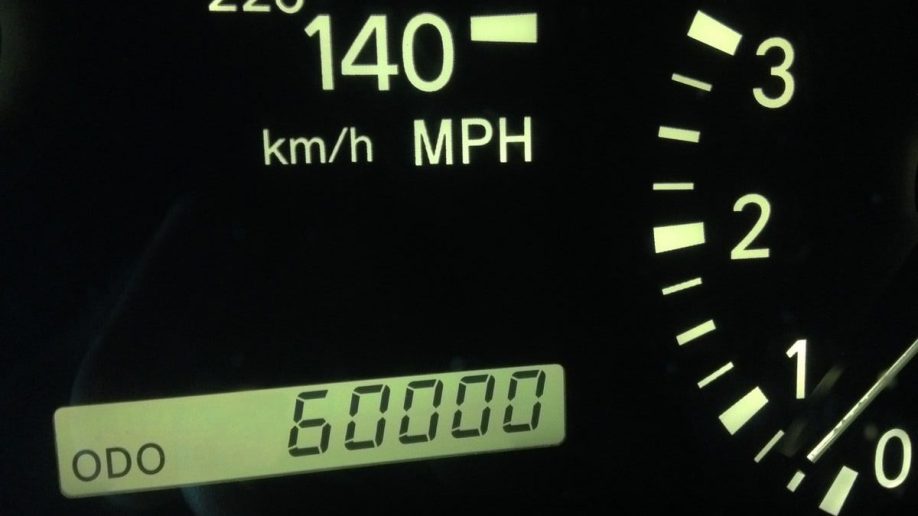An odometer is a device for measuring the distance traveled by a vehicle. The odometer usually lives in the vehicle’s dashboard. “Odometer” derives from two Greek words meaning “path” and “measure.”
An odometer may be digital or mechanical. Each cog on a mechanical odometer represents a digit. The cogs turn in response to the rotation of the wheels via a drive mechanism and cable. A windowed casing shows only the current mileage of the vehicle and not the mechanical parts. Digital odometers use a computer chip to track mileage, storing data in the engine control module (ECM). The odometer will digitally display the current mileage.
A vehicle may also have a trip meter or trip odometer. Unlike the regular odometer, you can reset the trip odometer at any point. A vehicle may have several trip odometers. Trip meters can be highly beneficial for recording the distance traveled over a specific time, making it easy to determine how many miles per gallon your vehicle gets for each fuel tank.
The resale value of a vehicle is often significantly affected by mileage. The lower the mileage on a car, the higher the resale value. When a seller manually sets an odometer to display a falsely deflated mileage, they commit odometer fraud or “clocking.” The idea behind clocking is to make it look like the vehicle has traveled less mileage than it actually has. The mileage in cars with a digital odometer is stored in the engine control module, making it more difficult to change the mileage manually. Mechanics must maintain records of the odometer reading each time they service a vehicle. Authorities instituted this rule to combat odometer fraud. Many car service companies use this information to help buyers detect possible odometer fraud.









